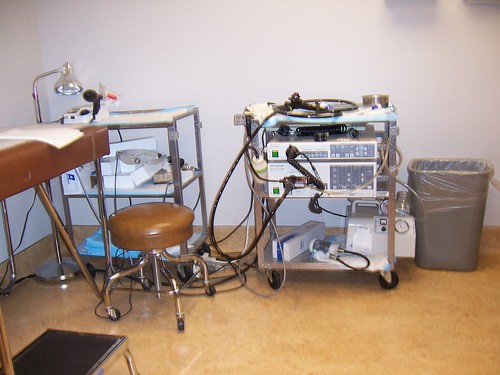
Lila Porchiran, a cook at Bert's Hot Dog Shop in Atlasburg, Pa., serves up one of the tiny restaurant's world famous foot longs.
ATLASBURG, Pa. – Maryann Lyons picks through her foot-long hot dog with disgust on her face while seated in the outdoor dining section at Bert’s Hot Dog Shop.
The woman from neighboring Beaver County, Pa., is dining on a recent spring afternoon beside her husband, Larry, at a dusty picnic table beside the tiny roadside restaurant that has been drawing crowds for decades.
“It’s a hot dog,” Maryann Lyons says, rolling her eyes, when asked if her dog covered in mustard and onions is any good. “I’m here for my first time. He talks so much about this place I had to try one.”
She is not the typical customer of this busy Washington County establishment that has been in the same family for a few generations.
“People come here from California to Florida, and then they just spread the word,” said Lila Porchiran, a cook in the kitchen that is just 15 feet long and about 6 feet wide. “We’re world famous.”
The most-popular item on the menu is actually named the “world famous.” It’s a footlong smothered in ketchup, mustard, relish, chopped onion and chili. This full-meal-on-a-paper-plate costs a mere $2.65.
Porchiran said she couldn’t begin to estimate the number of steamed dogs the shop sells a day. “A lot,” said Porchiran, who shares the workspace with two other women.
Bert’s was founded 60 years ago by Marino Funari in the same spot along Route 18 near Burgettstown. Robert Bertolotti took it over upon Funari’s death in 1972 and it remains to this day in the Bertolotti family.
Patrons order food through a small window while standing outside under a small canopy, even in the winter. The roof line is strung with a strand of Christmas lights, several of which are burned out.
Tucked in a narrow room behind the kitchen is the dining room stuffed with two small tables, a black bar stool, five chairs and two park benches.
“There used to be an expansion plan,” said Larry Lyons, who deals in hardwoods.
He said the man standing in line behind him at the kitchen window mentioned he drove 25 minutes to get one of Bert’s dogs.
“Every trucker knows about this place.” Larry Lyons said. “They all come here to eat.”
(Published with permission of the Observer-Reporter)





















